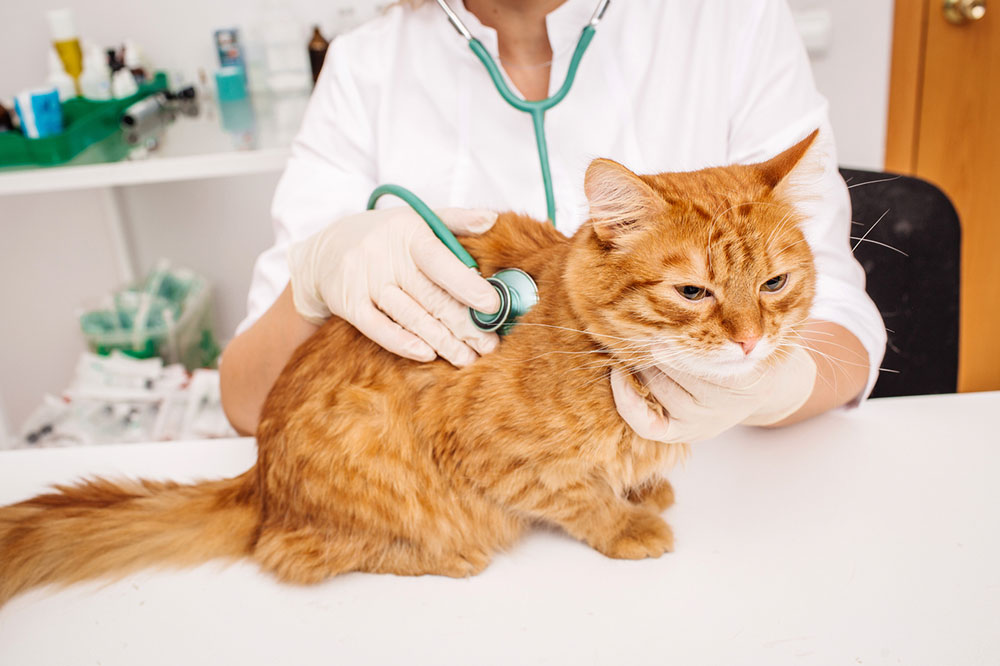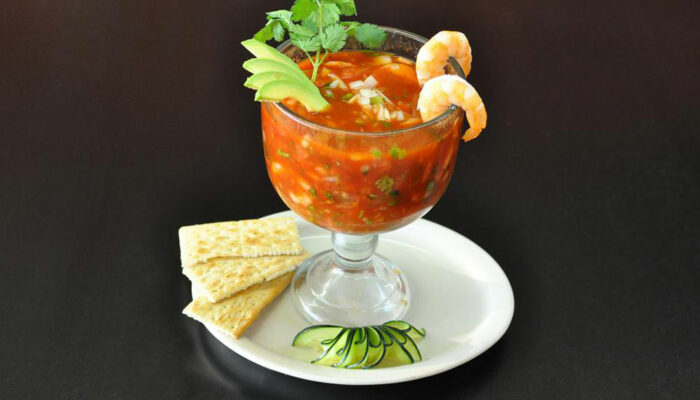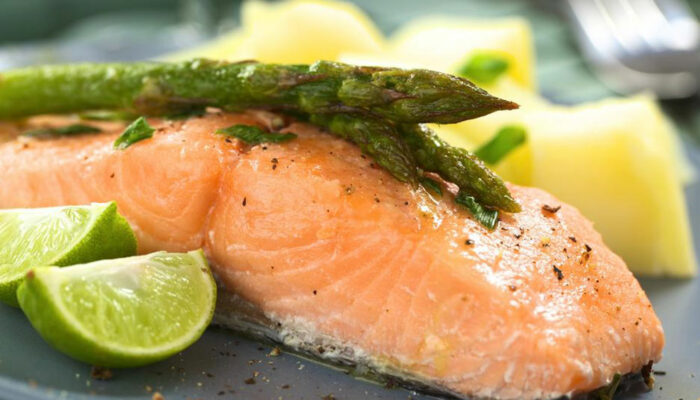
5 Diet Tips for Cats with Diabetes Mellitus
Insulin is a hormone produced by the pancreas, and the hormone is responsible for maintaining the blood glucose levels in the body. When the production and/or efficiency of insulin are altered, it results in a health condition called diabetes mellitus. This condition has two kinds: Type 1 diabetes, wherein the natural production of insulin is halted permanently in the body, and Type 2 diabetes, wherein the body does not respond to insulin or the insulin production in the body is inadequate to satisfy the body’s demands. Now, humans are not the only ones to be affected by this disease; pets can be affected as well. So, this article aims to throw some light on dietary tips for cats with diabetes mellitus.
If diagnosed and treated in the initial stages, the transient phase of the fluctuation in blood glucose levels can be reversed to its normal proportion. The causes of diabetes in male and female cats are not precisely known, but the treatment goals are usually multi-fold and individualized for every cat. Maintaining healthy body weight and regulating glucose levels constitute the first step of treatment, and preventing complications like hyperglycemia, hypoglycemia, peripheral neuropathy, and other such conditions are the secondary concerns. Lastly, effectively managing remission is the ultimate intention of treating cats with diabetes mellitus.
The role of diet in cats with diabetes mellitus
Following a high-protein, low-carbohydrate diet, combined with oral hypoglycemic medications, is an effective tip for blood glucose level regulation in cats with diabetes mellitus. This may be more effective than using just a diet or medication independently to treat the condition. Routine checkups to monitor blood sugar levels in a cat are also essential. Older, neutered, or overweight male cats are more prone to developing diabetes than others, but the exact cause is not clearly known. Having said that, diet can help manage the condition, so here are some tips to follow for your cat if it has diabetes mellitus:
- For obese cats, the first step is to gradually reduce weight. If your cat’s diet is rich in carbohydrates, it’s ideal to cut back on carbs and switch to a diet rich in proteins and fiber. Fiber keeps your furry friend feeling full, and protein provides the necessary calories to keep them active and healthy.
- Focus on including raw meat in their diet as it provides them with all the essential proteins, without the unnecessary intake of carbohydrates. Over some time, this diet tip for cats with diabetes mellitus helps cut down the dosage of insulin injections that have to be administered to them.
- If your cat is used to treats in-between meals, it is equally important to scale back there. Satiating your cat’s hunger with treats, however healthy they might be, must be avoided if achieving and sustaining a healthy weight are the goals. The focus should primarily be on the intake of nutritious meals.
- Following scheduled meal times is an important diet tip to follow for cats with diabetes mellitus. Ensure that their insulin injections and the wholesome, grain-free meals you feed them are timed carefully to enable your cat to absorb and synthesize glucose efficiently.
- Instead of making dry kibble food available for your cat throughout the day, switch to providing them with controlled portions of healthier meal options like raw meat and freeze-dried, dehydrated, canned, or prescription foods. Feed these twice or thrice a day to stabilize blood glucose levels and ensure a gradual yet constant release of energy.



